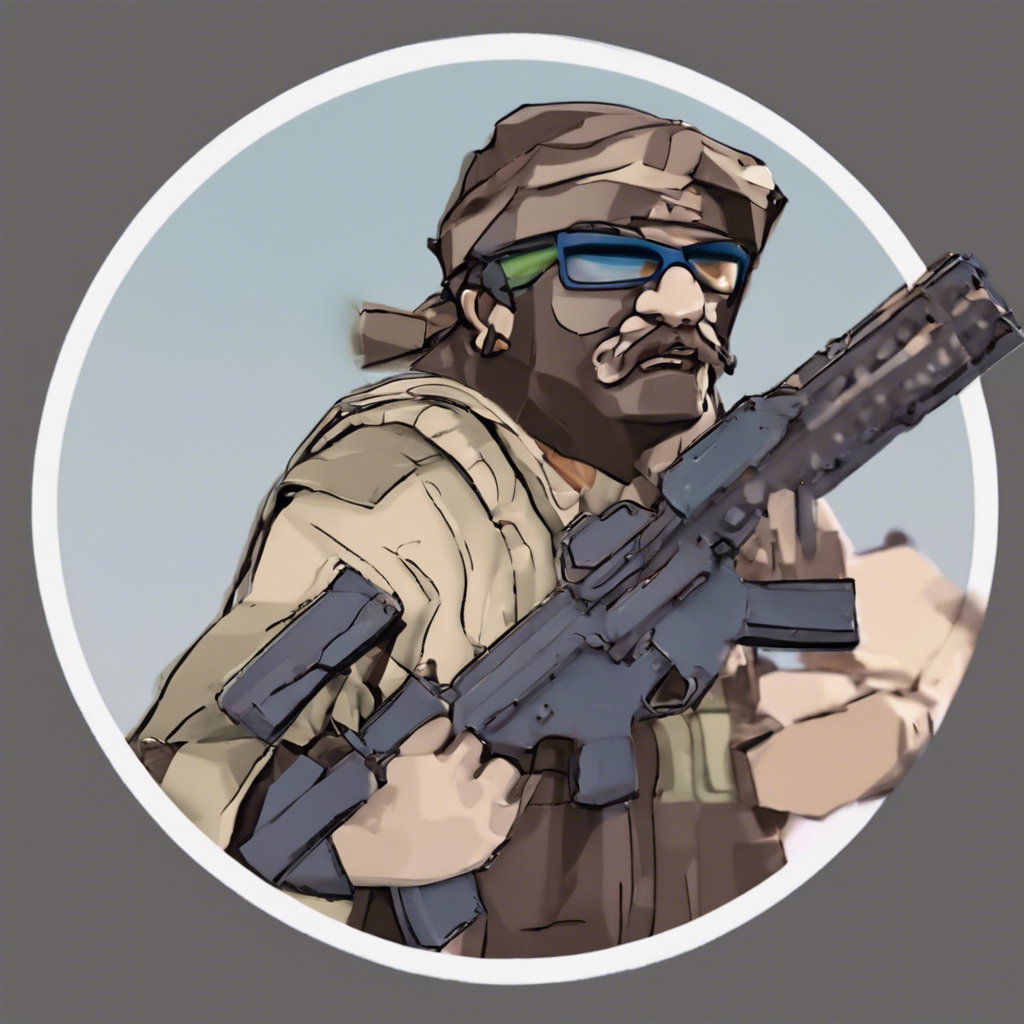Is it harder to animate 2D or 3D?
The debate between 2D and 3D animation is as old as the advent of digital animation itself. Both forms have their unique challenges, artistic demands, and technical intricacies. Determining which is harder to animate—2D or 3D—depends on various factors, including the animator’s skill set, the project’s scope, and the desired outcome. This article delves into the complexities of both animation styles, examining their respective difficulties and what makes each uniquely challenging.
Understanding 2D Animation
2D animation, also known as traditional animation, involves creating movement in a two-dimensional space. Characters and backgrounds are hand-drawn, either on paper or digitally, and then sequenced together to create the illusion of motion. The process includes several stages: conceptualization, storyboarding, character design, background art, and the actual frame-by-frame animation.
Challenges in 2D Animation
- Frame-by-Frame Drawing: One of the most significant challenges in 2D animation is the necessity to draw every single frame by hand. Traditional animators must have strong drawing skills and an understanding of motion and anatomy to create fluid, lifelike movements.
- Time-Consuming Process: The frame-by-frame method is incredibly time-consuming. Even a short animation can require thousands of individual drawings, which demands precision and consistency to ensure smooth transitions between frames.
- Limited Depth and Perspective: Since 2D animation exists in a flat plane, creating a sense of depth and perspective can be challenging. Animators must use shading, scaling, and other techniques to give the illusion of three-dimensionality within a two-dimensional space.
- Resource-Intensive: High-quality 2D animation requires a significant amount of resources, from talented artists to sophisticated software and hardware. The process is often labor-intensive, making it a costly endeavor.
Understanding 3D Animation
3D animation involves creating characters and environments in a three-dimensional space. These characters are modeled on a computer and then rigged with a skeletal structure to allow for movement. Animators manipulate these models within a virtual environment, creating sequences that can be viewed from any angle.
Challenges in 3D Animation
- Complex Software: 3D animation relies on complex software like Autodesk Maya, Blender, or Cinema 4D. Mastering these tools requires significant training and practice. The software encompasses modeling, rigging, texturing, lighting, and rendering, each requiring a different skill set.
- Technical Expertise: Beyond artistic skills, 3D animators must possess technical knowledge. Understanding algorithms, physics simulations, and programming can be crucial for creating realistic animations. This technical aspect adds a layer of difficulty that is less pronounced in 2D animation.
- Rendering Time: Rendering a 3D animation can be extremely time-consuming. Each frame needs to be processed with high computational power, especially if the animation includes complex lighting, textures, and effects. This can lead to long wait times and requires access to powerful hardware.
- Realism and Uncanny Valley: Achieving a balance between realistic and stylized animation can be challenging in 3D. The “uncanny valley” effect—where characters look almost human but not quite, causing discomfort—can be a significant hurdle. Animators must ensure that their characters and movements are convincingly realistic without crossing into this unsettling territory.
Comparing 2D and 3D Animation
Artistic Expression
2D animation allows for a high degree of artistic expression. Each frame can be a unique piece of art, with the animator’s personal style shining through. In contrast, 3D animation, while also artistic, often requires more conformity to realistic physics and proportions, which can limit some aspects of creative freedom.
Flexibility and Adaptability
3D animation offers greater flexibility once the initial models and rigs are created. Characters can be animated more quickly and consistently compared to the frame-by-frame process in 2D. Changes can be made more easily in 3D, such as altering camera angles or tweaking character movements, without redrawing entire sequences.
Learning Curve
The learning curve for 2D animation primarily focuses on drawing skills and an understanding of motion principles. While this can be daunting, it is often more accessible to beginners who can start with simple animations. On the other hand, 3D animation requires a broader range of skills, from 3D modeling to understanding complex software interfaces, making the initial learning curve steeper.
Industry Applications and Trends
Both 2D and 3D animations have their places in the industry, with each being preferred for different applications. 2D animation is often used in television shows, independent films, and certain types of advertisements. Its nostalgic and artistic appeal makes it popular for storytelling that requires a hand-crafted touch.
3D animation, meanwhile, dominates the film industry, video games, and virtual reality applications. Its ability to create highly realistic and immersive environments makes it the go-to choice for blockbuster movies, AAA games, and innovative VR experiences.
Conclusion
Determining whether 2D or 3D animation is harder is subjective and depends on various factors including individual skill sets, project requirements, and personal preferences. 2D animation demands strong drawing skills, patience, and a keen eye for detail, making it a labor-intensive but highly rewarding process. In contrast, 3D animation requires technical expertise, mastery of complex software, and a balance between realism and creativity, presenting its own set of challenges.
Ultimately, both forms of animation offer unique opportunities for creative expression and storytelling. The choice between 2D and 3D should be guided by the animator’s strengths and the specific needs of the project. Each style has its own beauty and complexity, contributing to the rich and diverse world of animation.
Discover more from EMD
Subscribe to get the latest posts to your email.
